By: Steven Meyers, Founder, Personalized Philanthropy®
The Thing You Push Against is the Thing That Lifts You Up
Here is my favorite foundational precept from Larry C. Johnson’s Eight Principles—Principle 1: Donors are the Drivers®.
It’s my favorite because it is always my “go to” whenever I need inspiration.
Are Donors the Drivers®? I wish it were true. But for the vast majority of fundraisers, it is not. For those in campaign-mode, it hardly even reaches the level of being aspirational!
Why do I say this? Because if you want to begin where the donor is, you should know what you are up against. And that is a fundraising culture that ought to be, but all too rarely is, donor-driven. And – as in the key to flying – that thing we push against, that is the thing that lifts us up.
When I’m stuck in a fundraising quagmire, I instinctively turn to the “donor’s personal values and vision.” I do this to take a fresh look and find inspiration on how to help the donor to truly own and drive their gift forward. Why this? Why now? And How best? I know that if the gift is not emotionally anchored deep in the individual’s passion and compelling interest, it will lack the impact and become merely transactional.
When donors are not the drivers, the fundraisers are. And the precept fundraisers follow is to solicit and close, get credit and move on. That is ahead of any deep understanding of motivation. The alternative – which seems intuitively obvious, if diametrically opposite – is to redefine fundraising, radically, putting the donor first.
Here it is: the objective in fundraising is to mesh the most compelling interests of the donor with the most compelling needs of the institution they care about.
In my own practice, for instance, when donors see the term “personalized philanthropy” for the first time, many are perplexed. After all, isn’t all philanthropy personalized? Isn’t their own? That is what most people think, but it is often not the case. The reality is that, most fundraising, most of the time, follows conventional “best practices” that are counterproductive to this aim.
The most counterproductive of all drivers is the common practice of channeling donors into separate silos for “annual,” “major” and “planned gift” campaigns. This is the most efficient way of running and staffing a campaign and requires mid-level specialists to succeed.
As if they are lost in the Matrix, most fundraising professionals cultivate and solicit donors in each of these silos. But this view at best provides only a snapshot of capacity and interest. It largely keeps a donor’s lifetime value unexplored and therefore hidden. Furthermore, conventional fundraising performance is often judged more on the “metrics” than the merits, as if what matters most is how well fundraisers are servicing these separate campaigns rather than how they are serving donors and considering their true philanthropic potential.
The problem with conventional fundraising goes deeper than just how donors are categorized, however. The way gifts are counted, credited and “booked” would surprise many donors and their advisers.
Accounting practices, which are quite appropriate as financial measures and show results as “present values,” are quite different than fundraising achievements that expand philanthropy.
Many of the largest and most significant gifts and commitments that donors may have executed with their advisers may never even show up on a charitable organization’s radar until the donor has passed away, let alone begin to make a philanthropic impact during the donor’s lifetime.
The legacy societies established at many organizations struggle to make their donor-recognition programs meaningful because deferred planned gifts are often marginalized. Indeed, planned-gift donors cannot always claim a seat around the major-gift table.
While there is no doubt that conventional fundraising through “institutional advancement” has produced some wonderful results, the honest truth is that donors’ full lifetime capacity and interests often get lost in the mix. But, engaged donors and fundraisers should believe in their gut that a personalized approach which cuts across those silos – and often incorporates current expendable gifts and endowed long-term gifts – will produce a plan with greater impact that starts sooner.
[vcex_spacing size=”30px”] [vcex_spacing size=”30px”]



